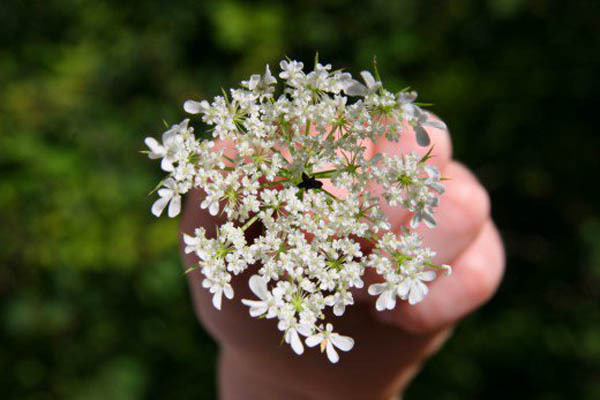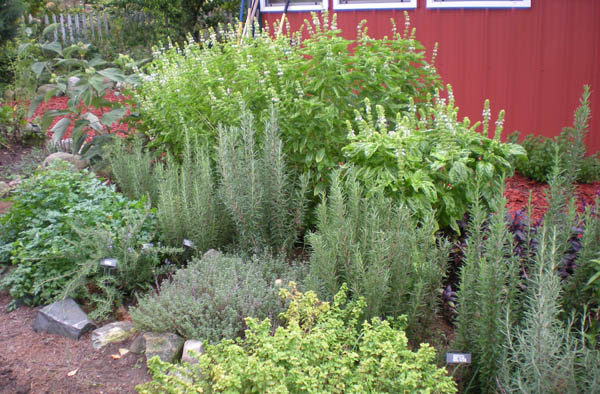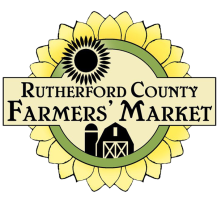
Yay! It is time to plant my favorite vegetables and add to the herbs already underway. I find it so easy to oversow and overbuy plants for the garden. As you are setting your garden out, be cautious of the productive size of the plants that you are adding. How far apart should they be? How far apart are the rows? Or, are you using square foot gardening and expecting to rotate the plants through the growing cycles?
The size element applies to both your yard and garden choices. Every variety has recorded width and height dimensions to expect from healthy growth. Respect the dimensions as they are there to assist in your choice of a plant. Use the Smart Yard metric of the right plant in the right place. It will minimize your work and keep a happy plant and a landscape that is in proportion to your home.
One of the big, ongoing mistakes is to trim trees down to a smaller size. Don’t! The tree topping idea is an eyesore and weakens the trees. It is not endorsed or recommended by landscape professionals. If you want a smaller tree, choose a smaller tree. If you are looking for productive foundation plantings, consider herbs or small fruit bushes like blueberries. There is no hard and fast rule that states you can only plant evergreen bushes as foundation plantings. Think broader and put the growing space to a productive use.
There are cultivars of blueberries that grow several feet tall and stay several feet tall. They have a pretty flower and then gift you or the local wildlife with berries. Mix together several different types of blueberries for the best production.

Another consideration is to plant some herb plants that grow two to three feet tall. Both English and French lavender, rosemary, lovage, artemesias and scented geraniums need to be considered for this purpose in your yard. I have noticed several shopping centers that have planted rosemary plants that grow to two-foot-tall bushes. They smell delicious. In deciding which herb to plant, consider the growing conditions including light, soil and watering needs. Choose a plant that fits into the area’s conditions.
The herbal foliage may be stiff, leafy, soft and feathery or succulent. Expect the purpose of any herbal plant to be multi-functional: culinary, medicinal, decorative and functional. Dried flower heads can easily be added to floral arrangements. I have sprayed dried stalks and dried flower heads for decorative effects with seasonal or room-appropriate paint.
Perennial herbs that are used in cooking will often have the latin word “officinalis” in their latin names. Essential oils can be extracted from herbs. Leaves, stems, roots and flowers can have culinary uses. If you decide to dry the leaves, try to gather them before the plant blooms. As a rule of thumb, flavor is strongest before the bloom. I try to be as simple as possible with herb drying. If the part to be dried has a long stem, I will often braid the freshly picked stems together and tie them off with colored string or an elastic. My lavender stems and rosemary branches get treated with this technique. Keep the air flowing freely around the cuttings as they dry. I have also used a dehydrator for the culinary leaves. Quick, easy, done.
There are traditional herbalists and many resources on the uses of herbs for your health. Many of our prescription drugs are based on the old ways of herbal use with tinctures and potions. Herbs are drugs when used medicinally, so caution and prudence need be respected. Any such use should be guided by a professional. It is most important to mention the similarities and subtle differences between some herbs. As foraging through fields and woods becomes more popular or as the wild space in your yard gets gifted with wind and bird droppings, the subtleties in plant differences become more important. To drive this point further, consider the delicate, white flowers found on the wispy wild carrot and the hemlock plants.

Yes, poisonous hemlock looks like wild carrot, also known as Queen Anne’s lace. For the scholars among us, hemlock was the poison that killed Socrates thousands of years ago and it is still a poison. Wow, scary thought, especially for foragers. Know your plants! Raven’s Roots Naturalist School offers the following tips on simplemost.com:
Poison hemlock stems are hairless with dark purple spots, while Queen Anne’s lace has hairy stems and no purple.
Queen Anne’s lace has three-pronged bracts at the base of the flowers, while poison hemlock does not.
The flowers on both plants are white, and bloom in an umbrella-shaped pattern, but Queen Anne’s lace flowers are flat on top and usually have a single purplish/red flower at the center. Poison hemlock flowers are more rounded, with no colorful flower.
While both have leaves that are fern-like, Queen Anne’s lace’s leaves will have hairs on the undersides. The leaves of poison hemlock are not hairy.
When dying, Queen Anne’s lace flowers will fold up like a bird’s nest, while hemlock will not fold up, but will turn brown.
Note the smell—if it smells like a carrot, you’ve got Queen Anne’s lace. If it smells musty, it is possibly hemlock.
Details. Life and death are in the details.
___
 Farmers’ Market Classes for May:
Farmers’ Market Classes for May:
The Rutherford County Farmers’ Market Opens on May 11 at Lane Agri-Park Community Center, 315 John Rice Blvd. in Murfreesboro. The market is indoors and open from 7 a.m. to noon on Tuesdays and Fridays. It is a producer-only market. Offered by UT Extension at 9 a.m. on both days of the market are free educational classes for the local gardener. Classes last about one hour and are given by professionals and Master Gardeners. A wide range of topics are offered. Many of the classes are recorded and can be viewed at the RC Farmers Market YouTube channel.
May 11 – Rabbits 101: Kim Hall, Extension Agent
May 15 – Rain Gardens: Kate Peay, Rutherford County Planning & Engineering
May 18 – Less to Do Lawncare: Mitchell Mote, Extension Agent
May 22 – Native Plants: Richard Lee, Certified Master Gardener
May 25 – How Much of This Do I Use? (pesticides or herbicides): Mitchell Mote, Extension Agent
May 29 – Gardening with Kids: Barbara Davenport, Extension Agent
June 1 – Grow Container Vegetables: Jack Smith, Certified Master Gardener
June 5 – Concrete Garden Art: Deena Trimble, Certified Master Gardener












